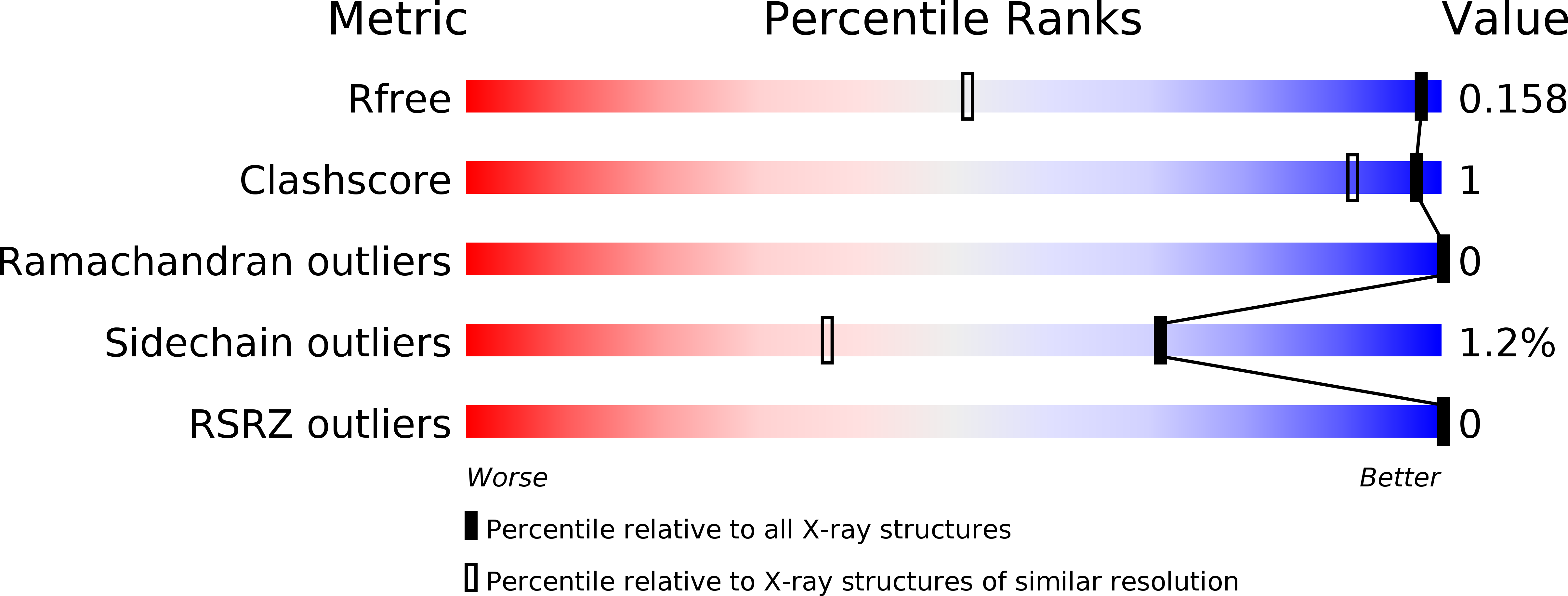
Deposition Date
2000-09-08
Release Date
2000-12-06
Last Version Date
2024-04-03
Entry Detail
PDB ID:
1FSG
Keywords:
Title:
TOXOPLASMA GONDII HYPOXANTHINE-GUANINE PHOSPHORIBOSYLTRANSFERASE COMPLEXED WITH 9-DEAZAGUANINE, ALPHA-D-5-PHOSPHORIBOSYL-1-PYROPHOSPHATE (PRPP) AND TWO MG2+ IONS
Biological Source:
Source Organism:
Toxoplasma gondii (Taxon ID: 383379)
Host Organism:
Method Details:
Experimental Method:
Resolution:
1.05 Å
R-Value Free:
0.15
R-Value Work:
0.12
Space Group:
P 21 21 2


